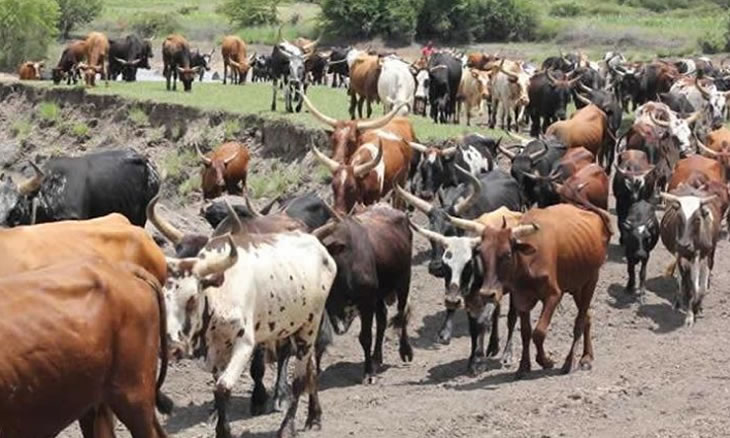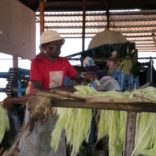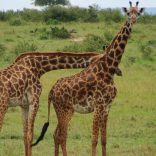Mozambique: President expects 5% increase in food production this year
Foot and mouth disease spreading in Tete province

File photo: O País
Over 2,700 head of cattle have been infected with foot and mouth disease in the central Mozambican province of Tete and the situation look likely to worsen due to a shortage in vaccines.
It is believed the outbreak began in the district of Doa last November when cattle went to drink water across the border in a part of Malawi already infected with the disease.
Claudio Gule, the Head of Livestock Department in the Provincial Directorate of Agriculture and Food Security, told the newspaper “Diario de Mocambique” that although there is no cure to the illness, vaccination is an effective way to prevent the spread of the disease.
According to Gule, the first cases of the illness were detected along the border with Malawi in the districts of Doa, Moatize, Tsangano, and Angonia. He added that “being a highly contagious disease it spread rapidly to the districts of Marara, Changara, and the city of Tete”. It is now found in fifteen of the province’s districts.
He explained that foot and mouth is a virus that causes mouth sores, particularly on the tongue, and in lesions in the interdigital spaces in cattle, goats, sheep, and pigs.
Gule stressed that “we are working on a comprehensive programme to raise awareness among livestock breeders and the population in general to take the relevant measures to safeguard the health of the 300,000 animals in our care”.
Although foot and mouth disease is rarely fatal to adult animals, those infected are often killed to halt the spread of the disease, since it permanently reduces milk production, and restricts the growth of animals (and hence the meat they can produce).
One of the measures already imposed is a total ban on the movement of cattle, goats, sheep and pigs to and from much of the three affected provinces: Tete, Nampula, and Gaza. Meat products from animals in these areas cannot be moved. In addition, the inspection of animals, particularly of the mouth cavity, is now demanded on a weekly or fortnightly basis (depending on the districts) and the results must be reported to the National Veterinary Directorate (DINAV).
In the case of any animals authorised for transfer from the other districts in the country, they must receive a clinical inspection before they are moved, and must be identified individually. Animals being transferred to different destinations must not be moved in the same vehicle, and vehicles carrying livestock must be sealed. When the animals are unloaded, they must be inspected by the veterinary authorities.
DINAV is also demanding the vaccination of cattle in areas within a radius of ten kilometres of the places where the disease has been notified.
Gule stressed the importance of sensitising the population due to the difficulty of monitoring and imposing the restrictions. He explained, “it is a complicated task because the breeders and traders need to make money and talk of preventative measures is unwelcome”. Nevertheless, the provincial government is inspecting the movement of animals with the support of the police, the Ministry of Land, Environment and Rural Development, and district authorities.
Despite these restrictions, a journalist from Diario de Mocambique found that the goat market in the city of Tete is still operating openly. When asked about the ban on the movement of livestock, traders admitted knowing about the information campaign. However, they argued that care was taken to inspect every animal’s mouth, feet, and tail “to gauge if it is infected”.
The paper found more success for the authorities in restricting the movement of cattle. A trader commented “the animals we are selling are from Tete city because we cannot fetch oxen from Marara due to the government bans”.












Leave a Reply
Be the First to Comment!
You must be logged in to post a comment.
You must be logged in to post a comment.